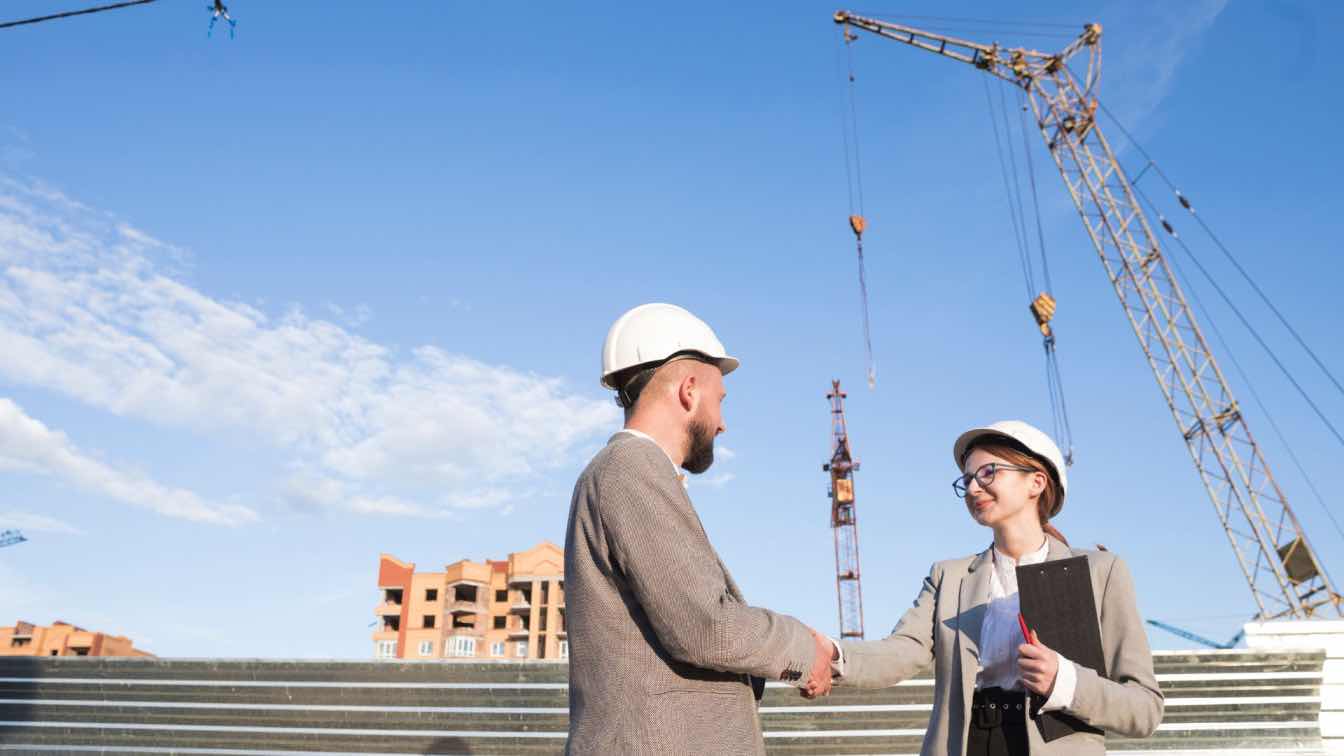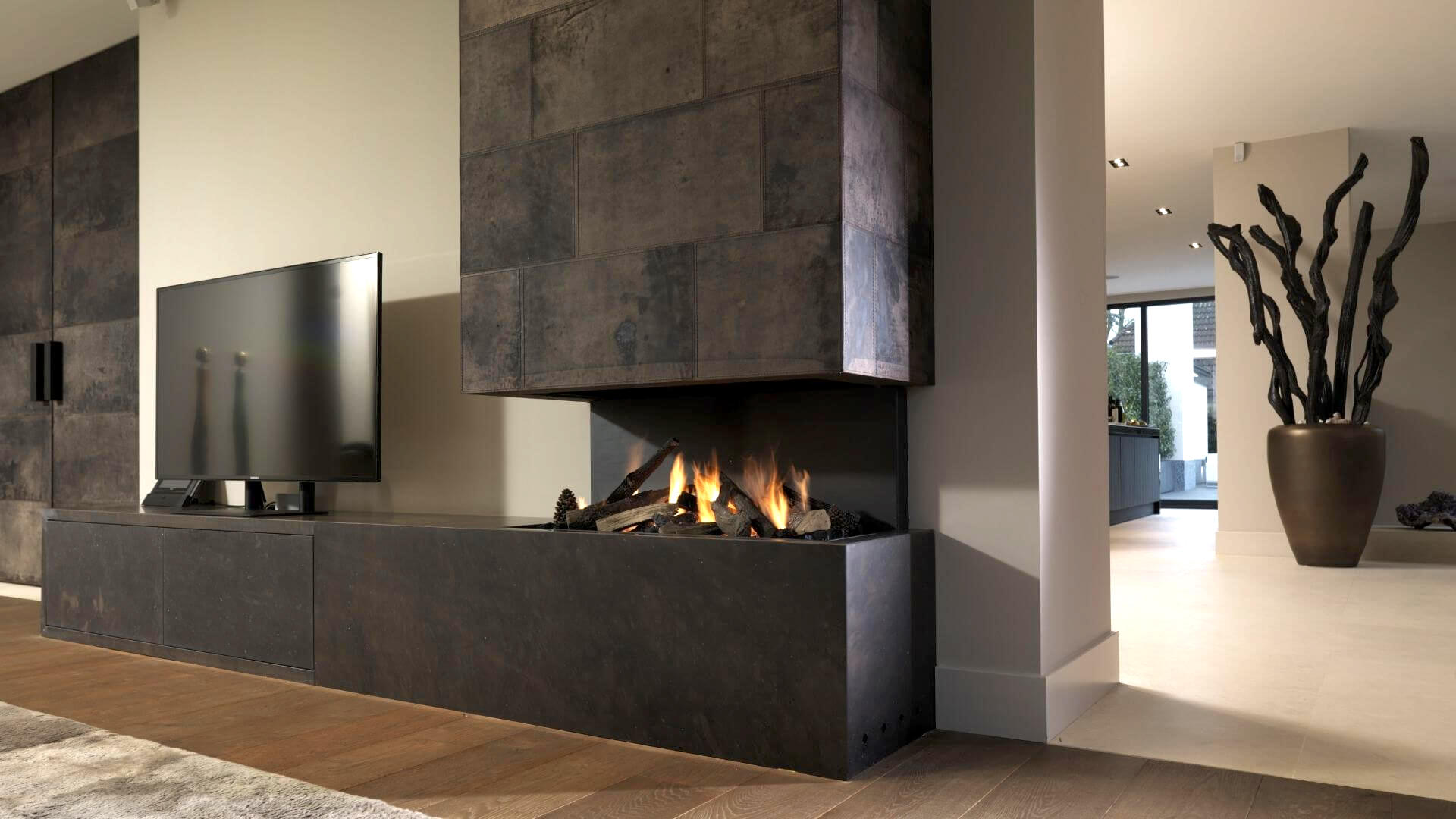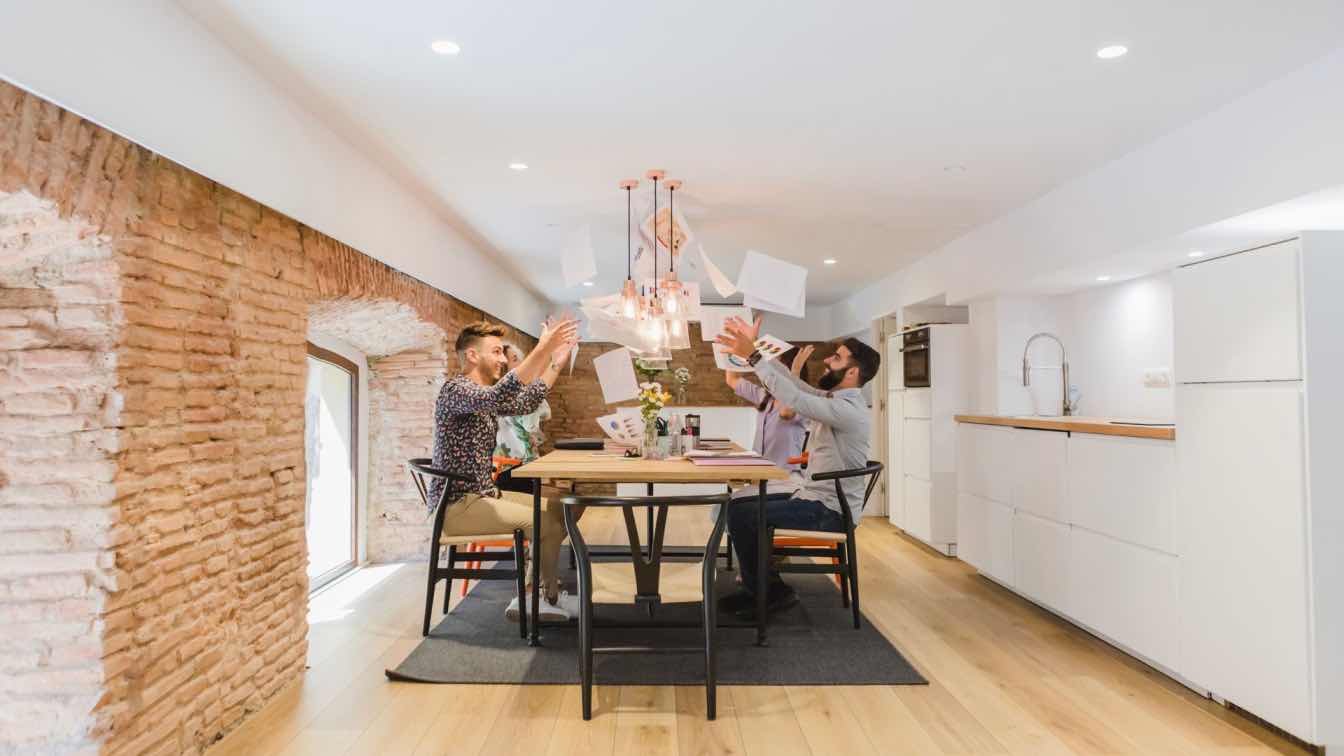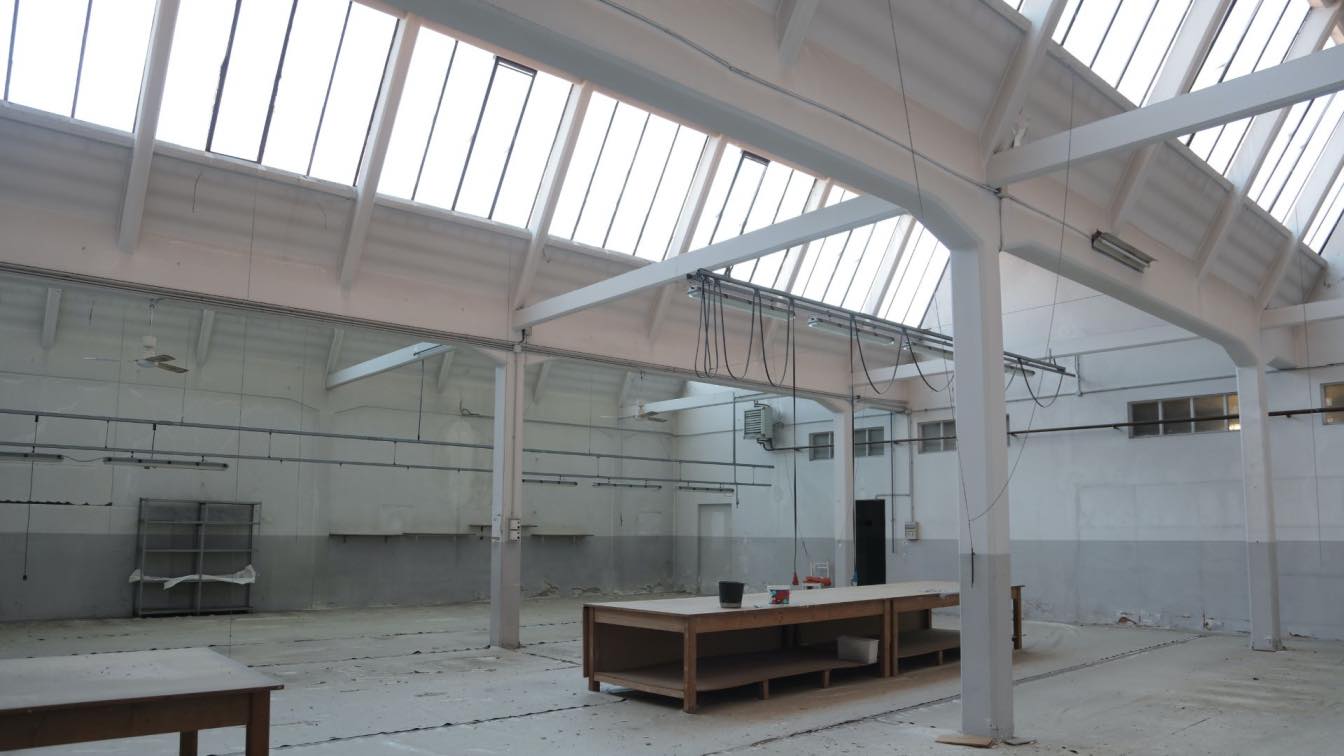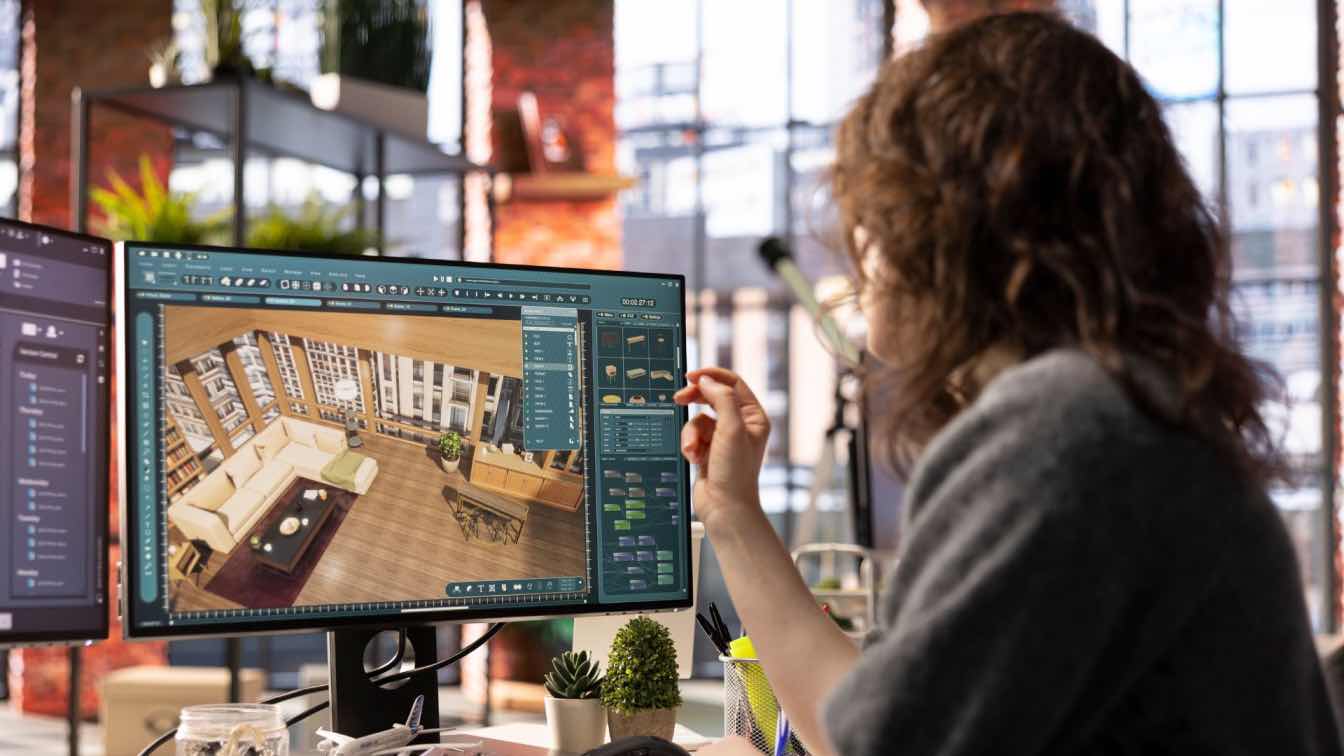Sustainability has become a centerpiece in the conversation about construction. The push towards eco-friendly building practices is not just about adhering to regulations; it's about fostering a healthier planet and ensuring resources for future generations. Sustainable construction is multifaceted, involving materials, energy efficiency, and the well-being of occupants. In this blog, we will explore 7 key considerations that are crucial for anyone looking to undertake sustainable construction projects. From the choice of materials to the long-term environmental impact, these insights aim to guide you through the complexities of creating structures that are not only efficient and cost-effective but also harmonious with our environment.
Importance of Materials
Choosing the right materials is paramount in sustainable construction. The selection impacts not only the environmental footprint of the building process but also the efficiency and sustainability of the structure throughout its lifecycle. Sustainable materials are those that are recycled, renewable, or sourced from responsible suppliers. These materials range from sustainable wood products to recycled steel, and even natural materials like bamboo. By using sustainable materials, we can reduce our reliance on non-renewable resources and minimize waste generation.
Incorporating Green Building Methods
Beyond the selection of sustainable materials, incorporating green building methods into construction projects is essential for minimizing environmental impact. Techniques such as passive solar design, green roofs, and rainwater harvesting not only reduce the dependence on non-renewable energy sources but also enhance the habitat for local wildlife and provide significant operational savings over the building's life. Utilizing renewable energy sources, like solar panels and wind turbines, further supports the goal of achieving net-zero energy buildings.
Energy Efficiency and Renewable Energy Integration
To truly embody sustainability in construction, it's critical to focus on energy efficiency and the integration of renewable energy sources from the outset of the planning process. Energy efficiency measures, such as high-quality insulation, energy-efficient windows, and LED lighting, can drastically reduce the energy consumption of a building. Meanwhile, incorporating renewable energy sources, like solar photovoltaic (PV) systems and geothermal heating and cooling, can supply clean, low-cost power while minimizing the building's carbon footprint.
Water Conservation and Waste Management Strategies
An equally important aspect of sustainable construction is implementing water conservation and waste management strategies. Water conservation practices, such as installing low-flow fixtures and utilizing greywater systems, can significantly reduce water usage in buildings. Further, incorporating rainwater harvesting systems can provide a sustainable source of water for landscaping and non-potable uses, decreasing the demand for municipal water supplies.
Designing for Durability and Longevity
Designing for durability and longevity is a critical aspect of sustainable construction that ensures buildings stand the test of time while minimizing their environmental impact over their entire lifecycle. Durability in construction means selecting materials and designs that can withstand the rigors of time and the elements, reducing the need for frequent repairs or replacements. This approach not only conserves resources but also leads to significant cost savings in the long run. Longevity in building design involves planning for flexibility and adaptability, allowing structures to evolve with changing uses and needs over time. Just like durability, longevity also promotes sustainability by reducing the need for demolition and rebuilding.
Prioritizing Indoor Environmental Quality
Prioritizing indoor environmental quality (IEQ) is essential in sustainable construction, focusing on creating healthy, comfortable spaces for occupants. IEQ encompasses a range of factors, including air quality, lighting, thermal comfort, and acoustics. Implementing strategies to improve air quality, such as using low-VOC (volatile organic compounds) materials and ensuring proper ventilation, can significantly enhance occupant health and well-being. Natural lighting and views of the outdoors not only reduce the reliance on artificial lighting but also contribute to mental and emotional health.
Community Engagement and Social Responsibility
Effective community engagement ensures that construction projects are not only environmentally sustainable but also socially inclusive, providing benefits that extend beyond the immediate footprint of the building. This involves actively listening to community concerns, integrating local labor and materials whenever possible, and contributing to local economic development. Additionally, incorporating green spaces and promoting sustainable transportation options can benefit both the community and the environment. This community-centric approach is crucial in promoting a sustainable and cohesive society.
Sustainable construction goes beyond the materials and techniques used to build a structure; it encompasses a holistic approach that considers environmental, social, and economic factors. By prioritizing these key considerations in construction projects, we can create buildings that not only reduce our impact on the planet but also enhance the well-being of occupants and contribute to sustainable communities. Let's continue to strive towards a more sustainable future in the construction industry, one project at a time.

